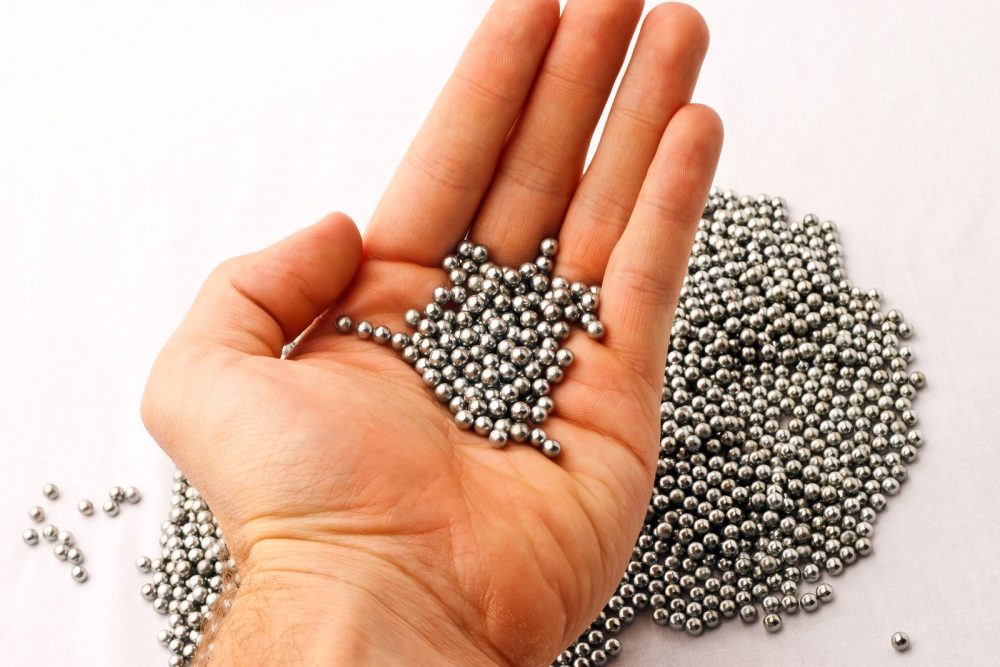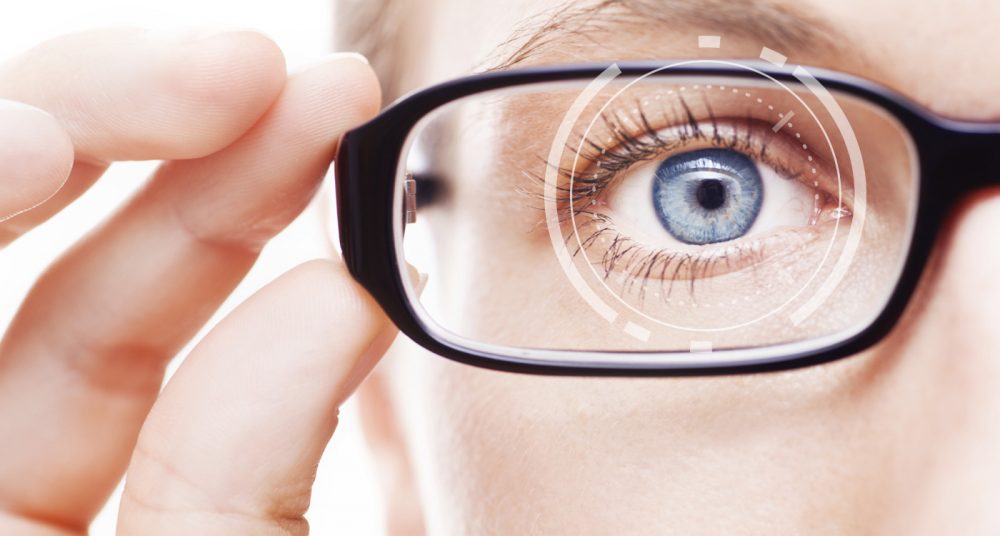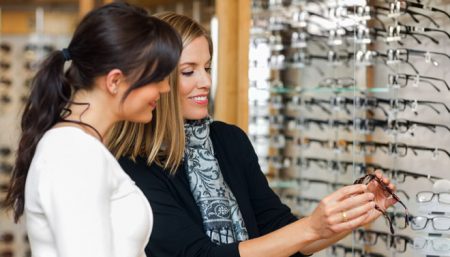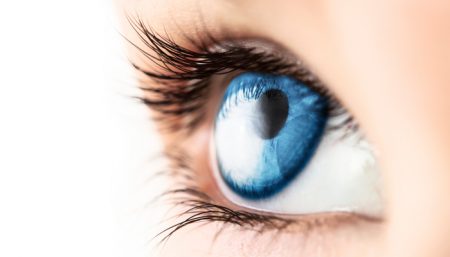The American Academy of Ophthalmology (AAO) and the American Medical Association are encouraging people who use air guns to wear the proper type of protective goggles. This is the only way to prevent possible vision loss from air gun use.

Air guns are firearms that use compressed gas to propel a projectile. In 2012 roughly 3,161 children were treated in US emergency departments for nonpowder gun-related eye injuries. Since 2010 rates of severe nonpowder gun pediatric eye injury have increased by over 500% (P = 0.039). In the study, nearly three out of 10 young patients who suffered air-gun injuries still had poor eyesight after treatment, with visual acuity worse than 20/50.
Common eye trauma ophthalmologists see frequently from air gun use:
- Beeding inside the eye (hyphema)
- Scrapes on the surface of the eye (corneal abrasion)
- Cetached retina
- Dislocated lens inside the eye
- Rupture of the eyeball
AAO Tips for Protecting Your Eyes from Airgun Injury:

- Goggles and sunglasses designed for skiing, sun, dust and wind protection are NOT safe for eye protection with air gun use. If these types of eyewear are shot, either directly or indirectly, they can shatter, damaging the eyes as much as—or even more than—a bb or pellet can do on its own.
- “Ballistic” eyewear is designed for use with air guns and other weapons. Ballistics means the movement of objects that are shot or forced to move forward through the air. Ballistic safety eyewear is strong enough for military use, and is rated differently by American National Standards Institute (ANSI) than civilian safety eyewear.
- Civilian safety eyewear has “Z”-rated markings, meaning they meet ANSI safety standards for various settings such as yard work or home improvement projects, to industrial use, such as in factories or for road construction crews. “Z” rated safety eyewear is not recommended for use with air guns or other similar weapons.
- Ballistic safety eyewear must be identified as meeting Military Ballistic Standards. Among other important factors, they must cover the eyes completely and wrap slightly around the head.
Pellet Guns & Eye Injuries
|
Reference:
http://www.aao.org/eye-health/
Disclaimer
The Content is not intended to be a substitute for professional medical advice, diagnosis, or treatment. Always seek the advice of your physician or other qualified health provider with any questions you may have regarding a medical condition.



